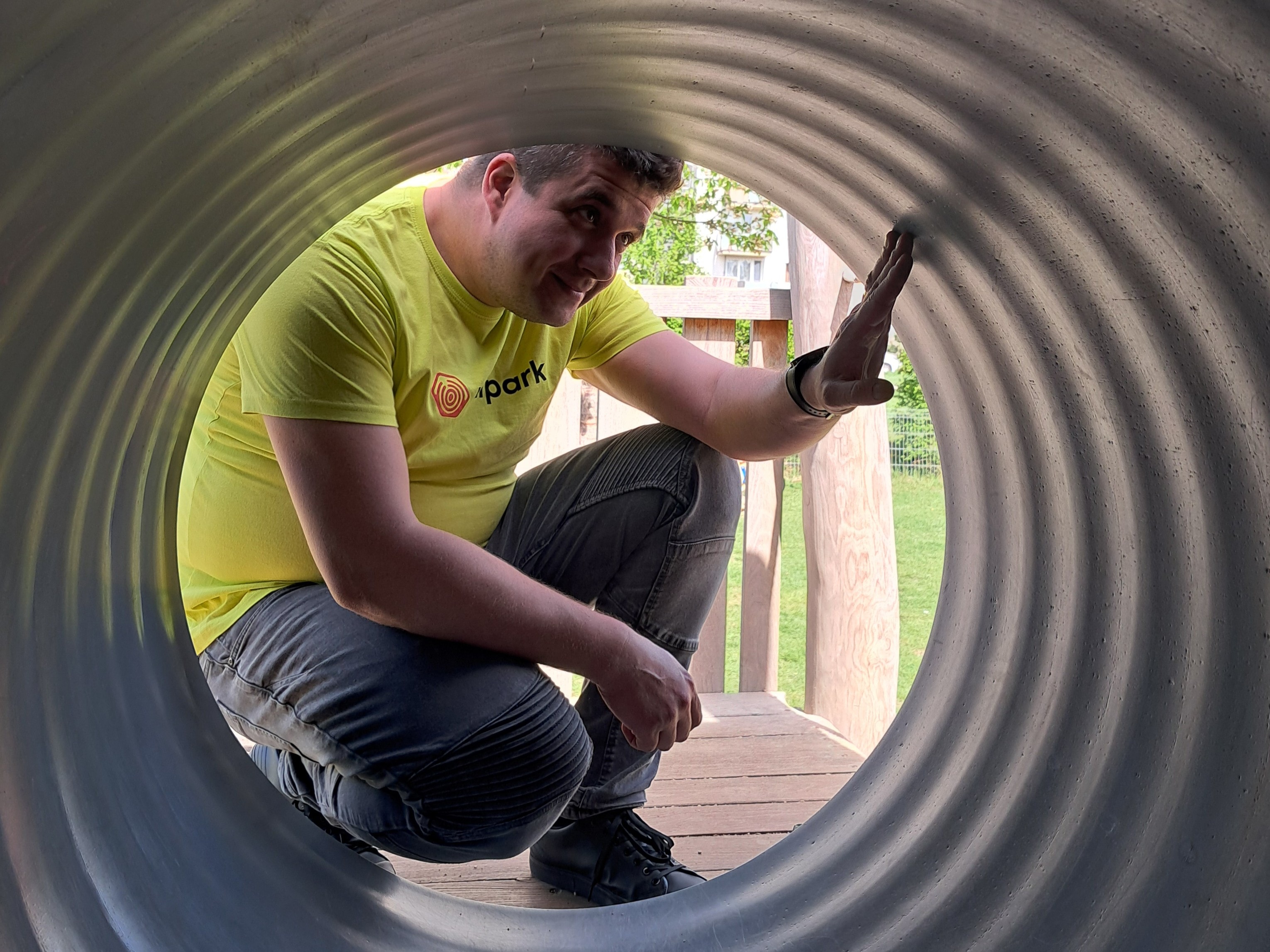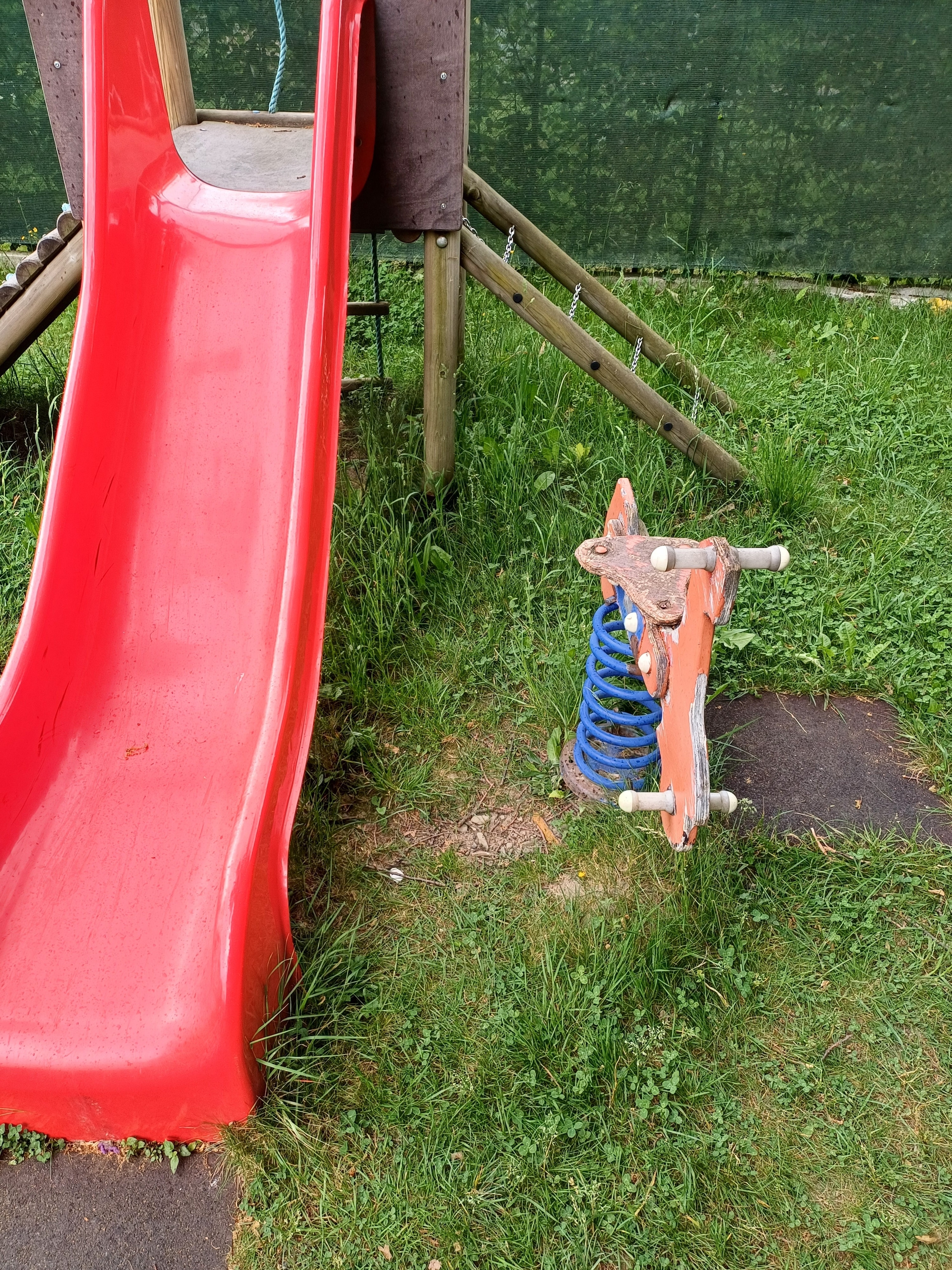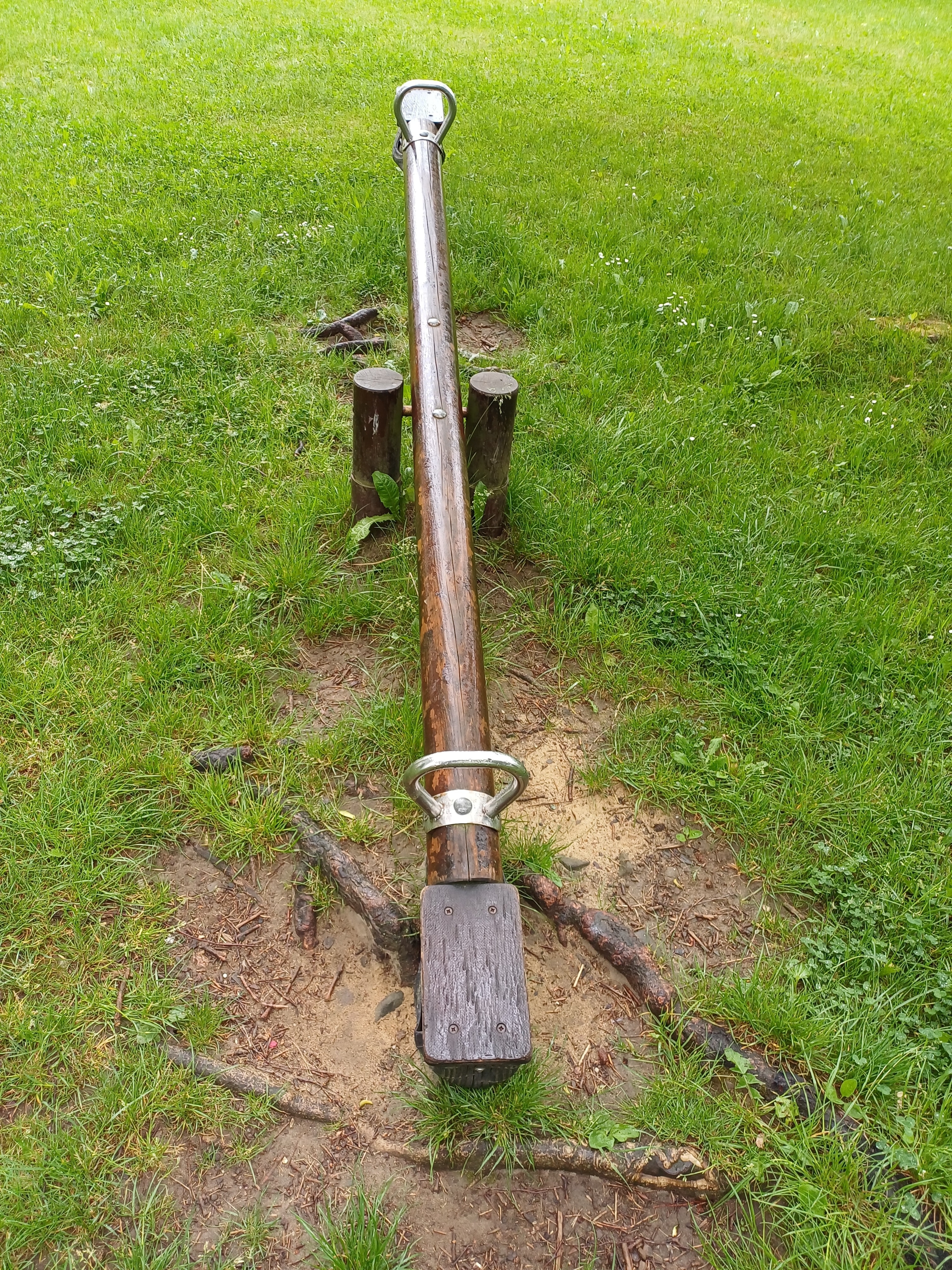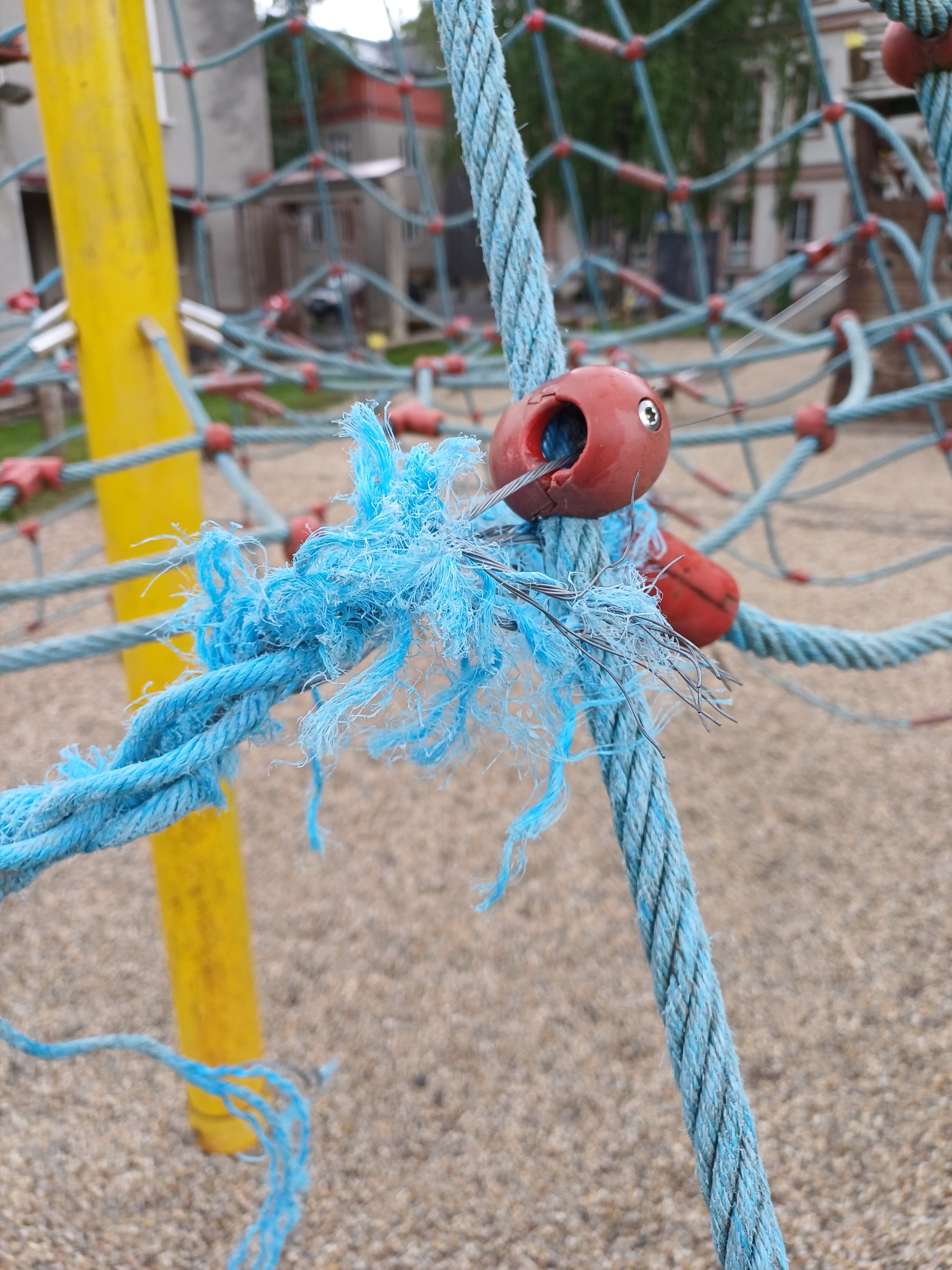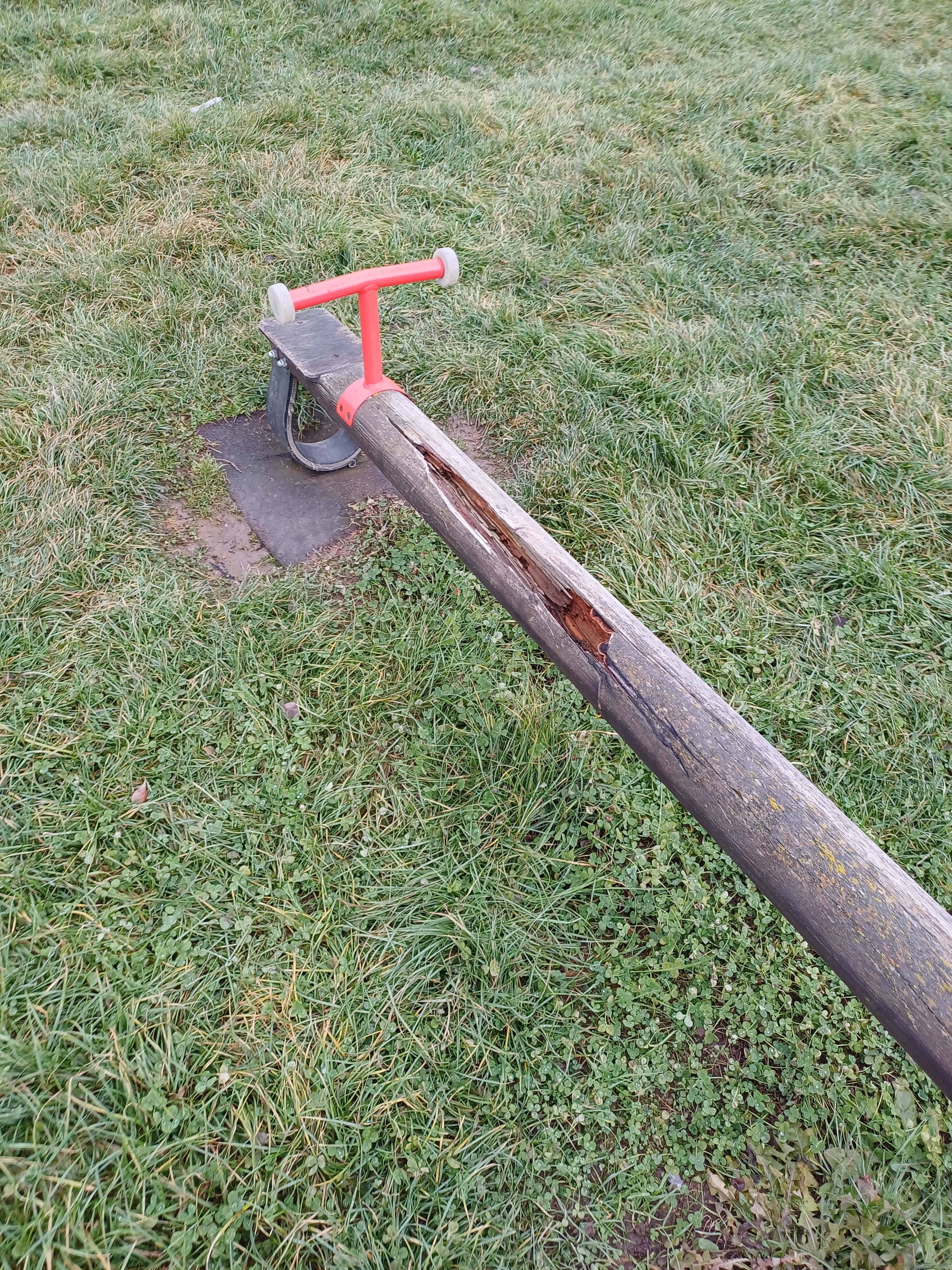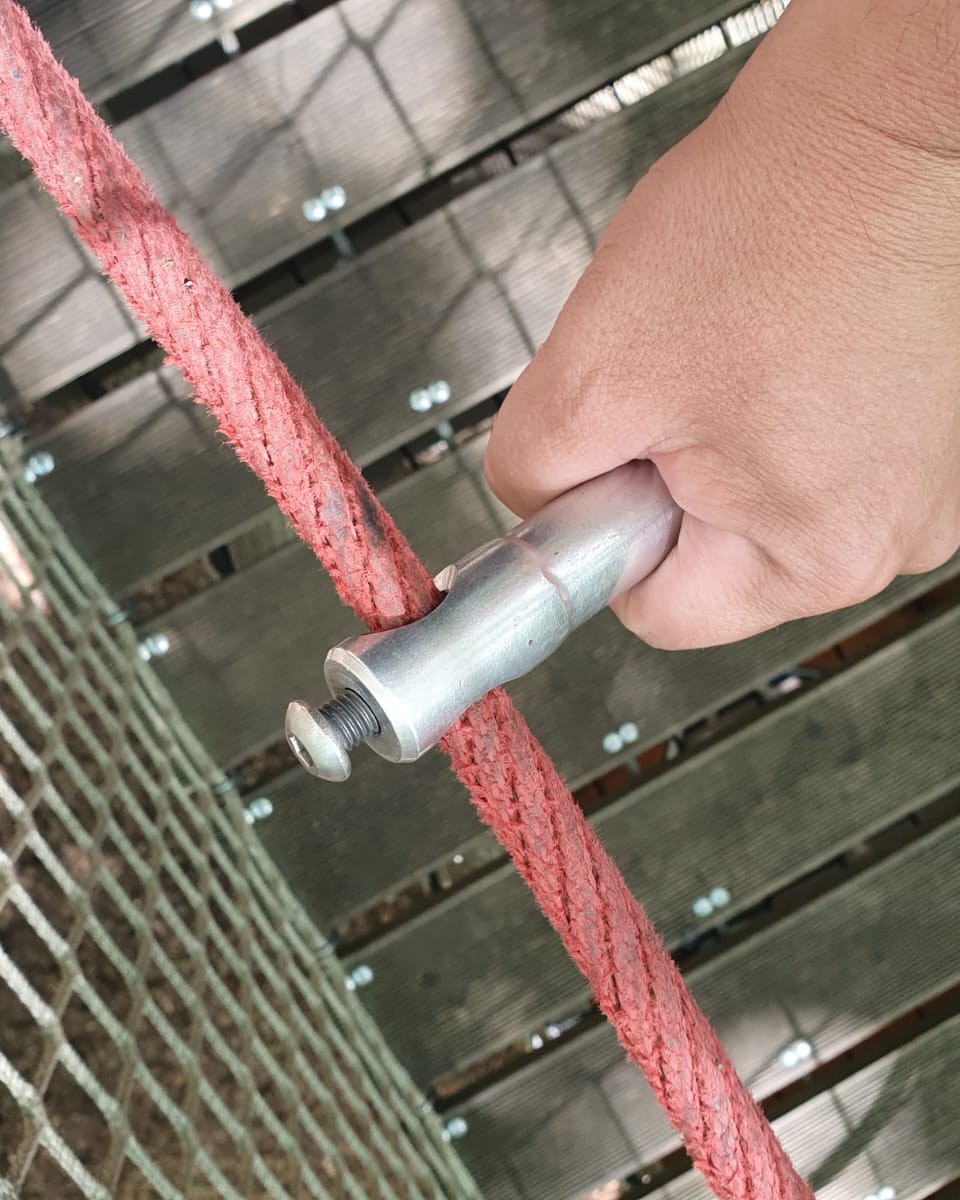Children’s playgrounds and other attractions are subject to safety standards. Before we hand over any of our attractions or playgrounds to the client, they go through a certification process carried out by an independent auditor. This ensures that the structure complies with the relevant standards and is therefore safe. But that’s not where the responsibility ends. Attractions must undergo regular inspections every year, and the operator must be able to present up-to-date inspection reports.
The purpose of the inspection is to assess the overall condition and safety level of the playground or attraction, including impact surfaces. The inspection focuses in particular on the effects of weather conditions, signs of material degradation, corrosion, and any other changes related to repairs, modifications, or the replacement of individual components.
Attraction inspections are carried out by a certified technician
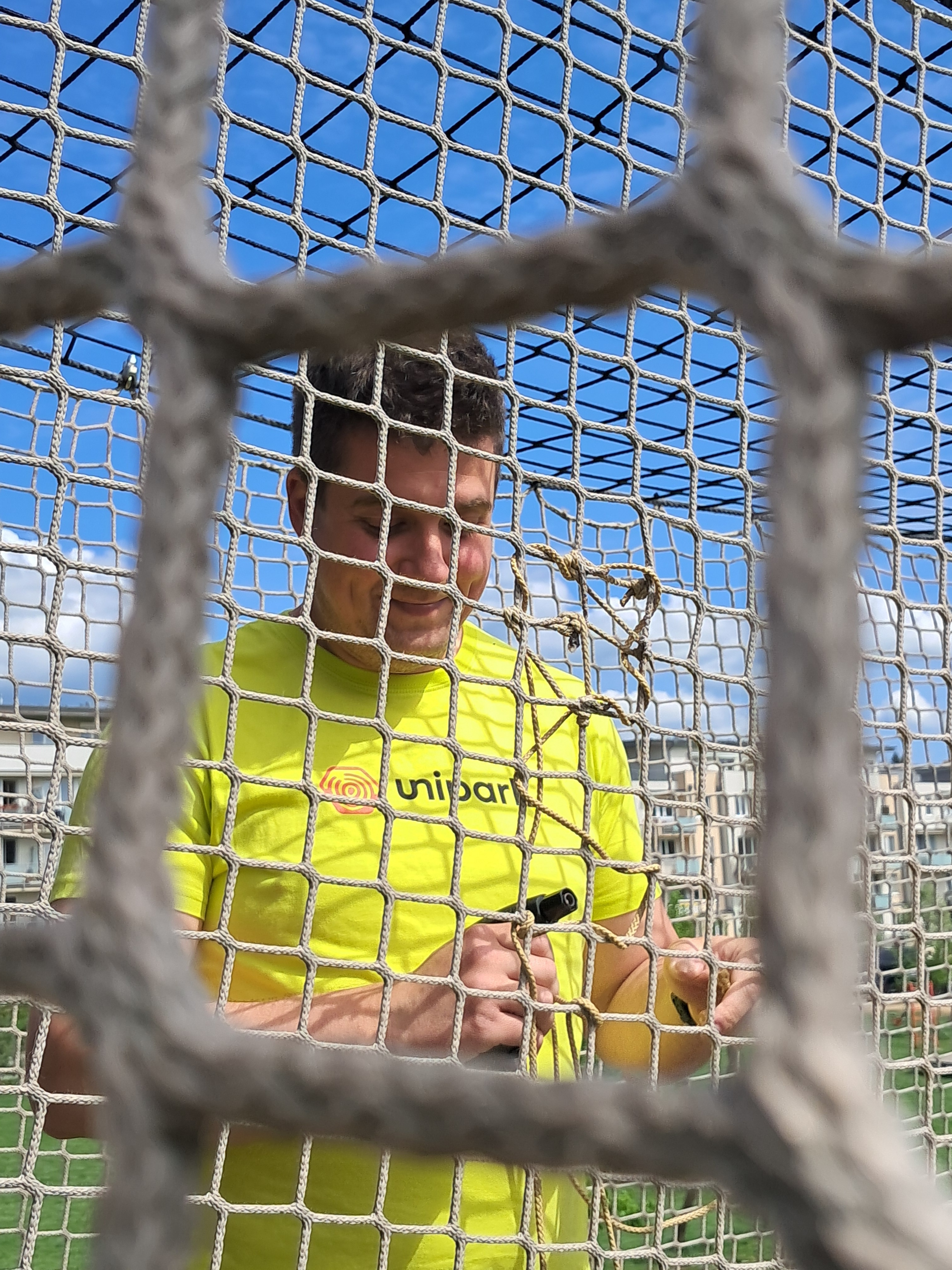
It might seem that maintaining a playground is easy. Surely all it takes is to tighten a few bolts, sand down a surface, or add a new coat of paint now and then, right? Unfortunately, it’s not that simple. The safety standards are fairly extensive and set out a wide range of requirements that are difficult for a layperson to fully understand. For example, they define safe materials, the correct size of openings and holes to prevent heads, limbs, or fingers from getting stuck. They also include methods for calculating impact zones or the maximum safe fall height in relation to the surface – and much more.
When it comes to adventure attractions, maintenance becomes even more complex. These structures often involve specialised technologies and procedures, such as anchoring ropes or nets, interconnecting elements, and they are frequently suspended high above the ground. That’s yet another reason why mandatory inspections should always be entrusted to a certified specialist.
Only a certified technician is authorised to carry out legal inspections and issue official inspection reports. These professionals most often work with the current editions of EN 1176, EN 1177, and EN 15567-1 – harmonised standards valid across the entire European Union.
What does an inspection report include:
- A description and photo documentation of all playground elements
- An assessment of each individual element
- A description of any defects, including photographic evidence
- Recommendations for addressing the issues
- A final summary
An inspection report isn’t the end
Playground and attraction safety is monitored by regulatory authorities, who also check whether the operator carries out regular inspections. In case of non-compliance, they can impose a fine. But a fine is far from the worst thing that can happen. The real nightmare for any operator is an injury caused by a technical fault.
Regular inspections help prevent such incidents – but they’re not enough on their own. If an inspection report identifies a defect, repairs should follow promptly. Some repairs may seem minor, but it’s still best to entrust them to certified professionals who know the relevant standards and hold the proper authorisations.
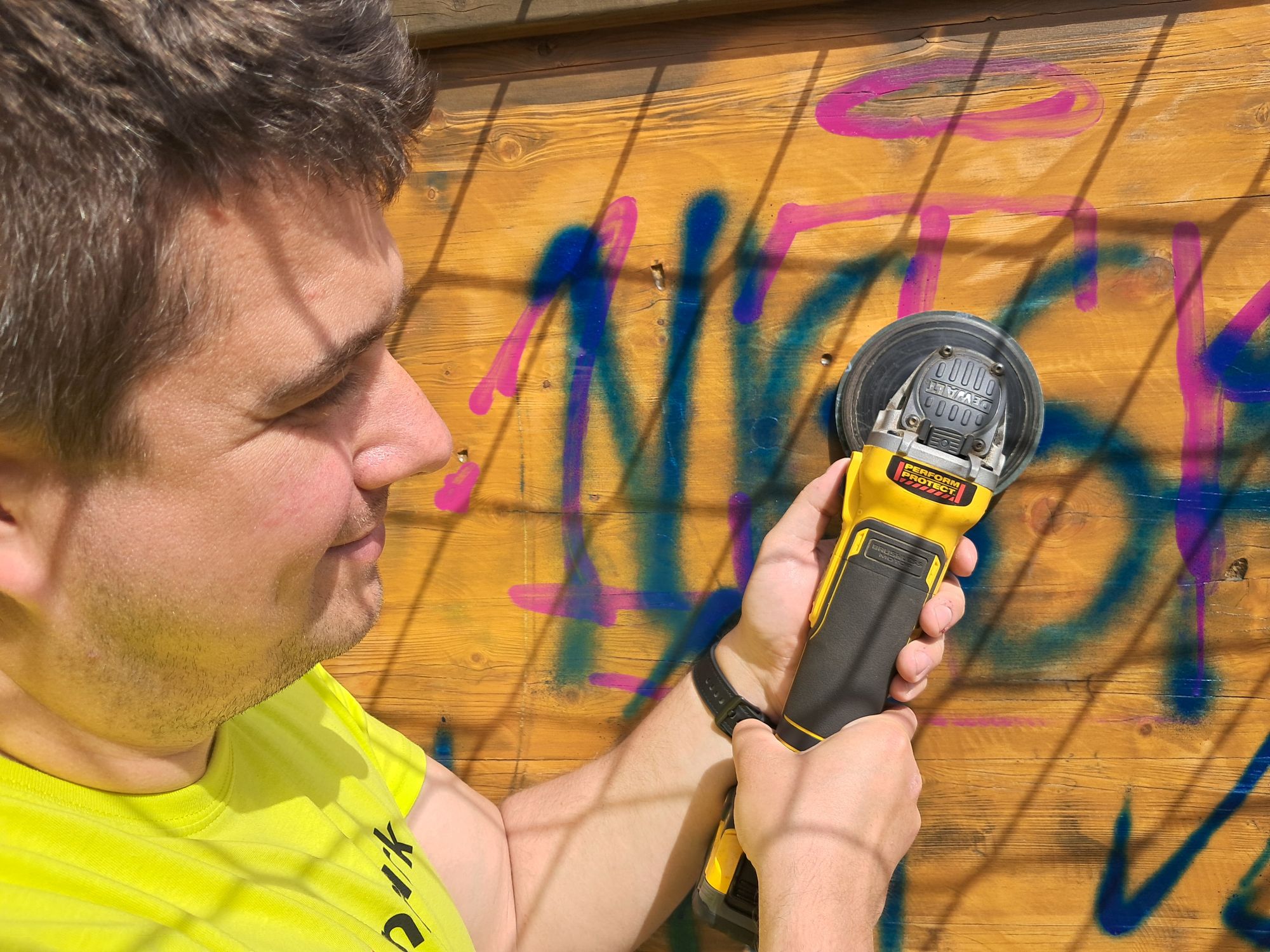
Attraction inspection costs
The price depends on the number and complexity of elements on the playground, as well as the size and type of the attraction. Travel costs for the technician are also included. It is certainly more cost-effective to order inspections for multiple playgrounds or attractions at once. We’re happy to prepare a price quote for one-time or recurring inspections, or to create a tailored package that includes both inspections and basic repairs. Larger repairs – such as renovations after many years of use or damage caused by the elements – are priced individually.
What we offer:
- Inspections of playgrounds of all types and from any manufacturer
- Experience with both net-based and rope-based playgrounds and parks
- An inspection report including an estimated cost of necessary repairs
- Minor fixes as well as complex repairs to playgrounds and attractions


